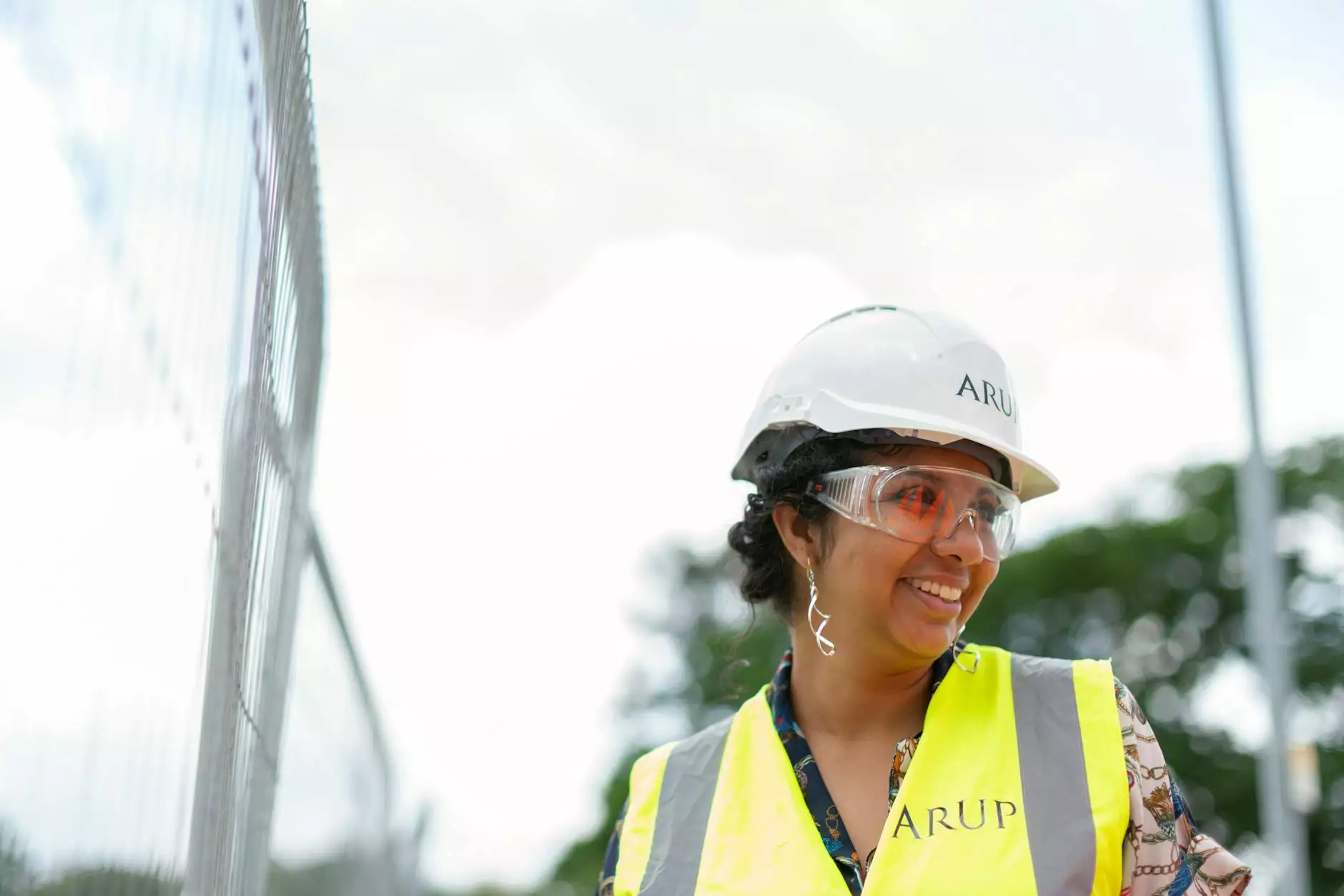How to Make an Educational App: A Complete Guide

Introduction to Educational Apps
In today's digital age, educational apps have emerged as a pivotal tool in facilitating learning. With the vast majority of students and educators using smartphones and tablets, the demand for innovative and user-friendly applications continues to grow. But how can you create an effective educational app that stands out in the crowded marketplace? This guide will provide a detailed, step-by-step approach on how to make an educational app.
Step 1: Define Your Purpose and Target Audience
The first crucial step in app development is defining the purpose of your educational app. Ask yourself the following questions:
- What age group is my target audience?
- What subjects or skills will my app cover?
- Will it be for formal education, self-study, or skill development?
By addressing these questions, you can tailor your application to meet the specific needs of your users, ensuring that your app will be both relevant and engaging. For example, if your audience is young children, your app may feature colorful graphics and interactive elements. In contrast, an app for college students may lean towards a more minimalist and professional design.
Step 2: Research and Analyze Competitors
Before you dive into the development process, it’s essential to conduct thorough market research. Analyze existing educational apps that fall into your category. Look for the following:
- Features and functionalities
- Design and user experience (UX)
- Customer reviews and feedback
- Pricing models and monetization strategies
This research will not only provide insights into what works but also highlight gaps in the market that your app could fill. By offering features that competitors lack, you can distinguish your app and attract users.
Step 3: Develop a Feature Set
Your educational app should include interactive and engaging features that enhance the learning experience. Some effective features to consider are:
- Progress Tracking: Allow users to track their learning progress.
- Quizzes and Assessments: Incorporate quizzes to reinforce learning.
- Gamification: Use game mechanics to make learning fun and engaging.
- Multimedia Content: Include videos, audio, and visuals to cater to different learning styles.
- Social Features: Allow users to connect, share, and collaborate.
By including these features, you create a comprehensive learning environment that keeps users engaged and encourages them to return to your app.
Step 4: Create a Prototype
Before moving into full-scale development, it’s essential to create a prototype of your app. A prototype is a basic version of your app that outlines the essential features and layout. This can be done through wireframes or interactive mockups. Tools like Figma, Adobe XD, and Sketch can be extremely helpful in this phase.
Testing your prototype with real users will provide valuable feedback. Observe how they interact with the app, what confuses them, and what features they most enjoy. Based on this feedback, you can refine your app’s design and features before proceeding to full development.
Step 5: Choose the Right Technology Stack
Choosing the right technology stack is critical when it comes to developing your educational app. You will need to decide whether to build a native app for iOS or Android, or a cross-platform app that works on both systems. Each option has its own advantages:
- Native Apps: Provide superior performance and user experience but require separate development for each platform.
- Cross-Platform Apps: Allow you to build once and deploy on multiple platforms, saving time and resources.
Additionally, you’ll need to choose a backend technology that can handle your app’s data, user authentication, and other functionalities. Popular options include Firebase, Node.js, and AWS.
Step 6: Development and Testing
With a solid plan and prototype in place, it’s time for the development phase. Utilize agile development practices to ensure flexibility and efficient progress tracking throughout the process. It’s vital to implement a rigorous testing process that includes:
- Unit Testing: Testing individual components for smooth functionality.
- Integration Testing: Ensuring different components work together properly.
- User Acceptance Testing: Feedback from end-users to validate the app meets their requirements.
Testing is crucial—not only does it help in identifying bugs, but it also enhances user satisfaction by ensuring a smooth and error-free experience.
Step 7: Launching Your Educational App
After testing and refining your app, you are ready for launch. Decide on the best launch strategy based on your target audience and marketing goals:
- Soft Launch: Release your app in a limited market to gather early feedback.
- Full Launch: Release your app globally once you’re confident in its performance. Create a buzz with pre-launch marketing strategies, such as social media campaigns, influencer partnerships, and email marketing.
Ensure that your app is optimized for app store listings. Use relevant keywords in your app name and description, and create an eye-catching icon and engaging screenshots to draw users in.
Step 8: Marketing and Monetization Strategies
Once your app is live, effective marketing is critical to its success. Consider the following strategies:
- Social Media Marketing: Share content related to your app across social platforms.
- Content Marketing: Create blog posts, videos, or tutorials related to the subject matter of your app.
- Email Marketing: Use newsletters to engage with potential users.
- App Store Optimization (ASO): Continuously optimize your app store listing for better visibility.
As for monetization, consider several strategies such as:
- Freemium Model: Offer basic services for free, charging for premium features.
- In-App Purchases: Allow users to purchase additional content or features.
- Subscription Model: Charge a recurring fee for continued access to your app.
- Advertisements: Integrate ads from third-party platforms.
Step 9: Continuous Improvement and Updates
The launch of your educational app is just the beginning. Continuously monitor user feedback, track analytics, and stay updated on industry trends. Regular updates with new features, bug fixes, and content will keep your users engaged and can lead to a loyal user base.
Regularly engage with your users through surveys or feedback options to understand their evolving needs, helping you to refine and enhance your education app continually.
Conclusion
Creating an educational app can be a rewarding venture, combining technology and pedagogy to foster learning. By following these structured steps—defining your purpose, researching competitors, developing features, prototyping, building, testing, launching, marketing, and continuously improving—you can develop a powerful educational tool that meets users' needs. Remember, the key to a successful educational app lies in its ability to engage, educate, and empower learners.
With determination, creativity, and the right strategies, you can master the art of developing an educational app that stands out in today’s competitive landscape! Start your journey today on how to make an educational app, and be part of shaping the future of learning.









